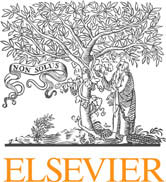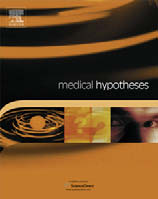Significant decision alert - no. 36
C A S E A L E R T , N O . 3 6 N O V E M B E R 6 , 2 0 0 8 Supreme Court Hears Preemption Arguments in Wyeth v. Levine On November 3, 2008, the Supreme Court offor its alleged failure to remove from Phen- Wyeth v. Levine , a case that many legal com-mentators have described as having the po-tential to reshape the landscape of pharma-Levine, the benefit of IV-push – fast

 Low-dose naltrexone for disease prevention and quality of life
a Department of Humanities and Social Sciences, Embry-Riddle Aeronautical University, Daytona Beach, FL 32114, United Statesb Department of VCAPP, College of Veterinary Medicine, Washington State University, P.O. Box 646520, Pullman, WA 99164-6520, United States
The use of low-dose naltrexone (LDN) for the treatment and prophylaxis of various bodily disorders is
discussed. Accumulating evidence suggests that LDN can promote health supporting immune-modula-
tion which may reduce various oncogenic and inflammatory autoimmune processes. Since LDN canupregulate endogenous opioid activity, it may also have a role in promoting stress resilience, exercise,social bonding, and emotional well-being, as well as amelioration of psychiatric problems such a autismand depression. It is proposed that LDN can be used effectively as a buffer for a large variety of bodily andmental ailments through its ability to beneficially modulate both the immune system and the brain neu-rochemistries that regulate positive affect.
Low-dose naltrexone for disease prevention and quality of life
a Department of Humanities and Social Sciences, Embry-Riddle Aeronautical University, Daytona Beach, FL 32114, United Statesb Department of VCAPP, College of Veterinary Medicine, Washington State University, P.O. Box 646520, Pullman, WA 99164-6520, United States
The use of low-dose naltrexone (LDN) for the treatment and prophylaxis of various bodily disorders is
discussed. Accumulating evidence suggests that LDN can promote health supporting immune-modula-
tion which may reduce various oncogenic and inflammatory autoimmune processes. Since LDN canupregulate endogenous opioid activity, it may also have a role in promoting stress resilience, exercise,social bonding, and emotional well-being, as well as amelioration of psychiatric problems such a autismand depression. It is proposed that LDN can be used effectively as a buffer for a large variety of bodily andmental ailments through its ability to beneficially modulate both the immune system and the brain neu-rochemistries that regulate positive affect.